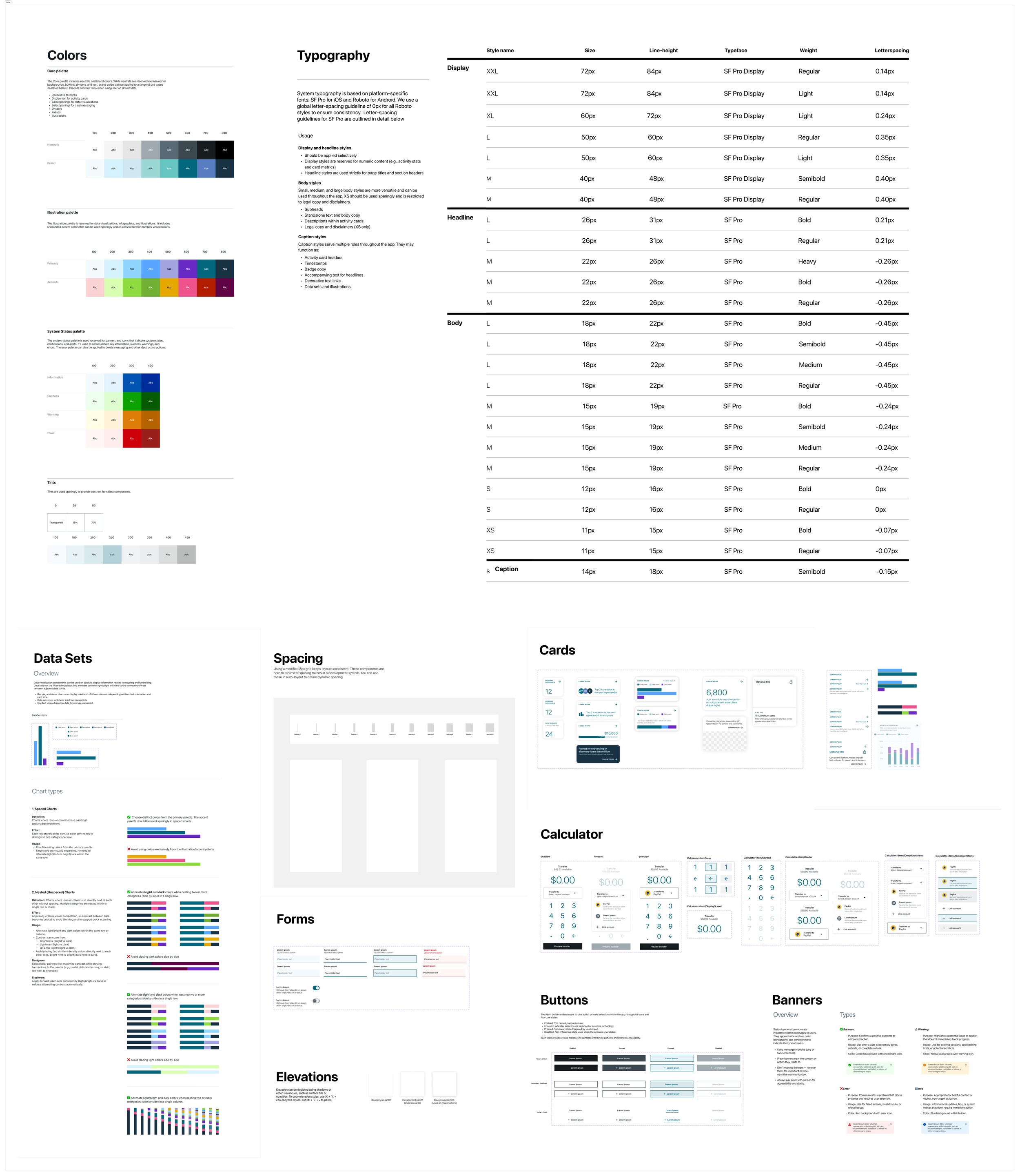Reimagining Recycling Through Data, Design, and Machine Learning
As founding designer, I worked with Resin’s product and engineering teams to define and design the pilot for their IoT-enabled recycling platform. The goal was to help users see — and understand — the impact of their recycling habits through real-time analytics, cash incentives, and community-driven fundraising. My work spanned product design, user flows, and onboarding strategy, translating a complex sustainability model into a simple, motivating product experience.
Resin’s product offering relies on IOT devices, a mobile app, and brick-and-mortar recycling stations that track, sort, and process drop-offs in real time. Video credits: Resin Recyclables (www.resinrecyclables.com).
OBJECTIVE
Leverage IoT recycling stations and real-time analytics to give users clear visibility into their environmental impact — while motivating participation through personal and community incentives.
PROBLEM
Despite it’s compelling technology, Resin’s multi-step onboarding and layered incentives risked discouraging users accustomed to simpler recycling flows.
CHALLENGE
The final solution needed to reduce friction, clarify value, and help users understand both personal and collective impact without overwhelming them.
METRICS
App activation and retention
Station drop-off frequency
Onboarding completion
Fundraiser event participation
USERS
Individuals
“Word of mouth” community members and recycling enthusiasts focused on tracking impact and cash incentivesDonors
Fundraiser participants who automatically donate their cash rewardsFundraisers
Nonprofits, community groups, and civic organizations looking to boost fundraising efforts
HYPOTHESIS
Streamlined onboarding and well-structured incentives would lower barriers to entry, encourage consistent engagement, and position Resin as a trusted, community-focused recycling hub.
APPROACH
Conducted competitive analysis of recycling, fitness, and gamified sustainability apps to benchmark onboarding flow and incentive models.
Mapped end-to-end user journeys across individual, donor, and fundraiser paths to identify early drop-off points.
Partnered with engineers to simplify IoT setup flows and surface real-time impact metrics directly in the app dashboard.
Prototyped a new incentive structure — linking personal progress with collective fundraising milestones to reinforce community participation.
Collaborated with the founding team to define success metrics around app activation, retention, and station drop-off frequency.
SOLUTION
Redesigned onboarding: Condensed multi-step setup into three clear milestones, each tied to a tangible reward or progress marker.
Transparent incentives: Introduced dynamic dashboards showing total recycled weight, CO₂ offset, and dollars earned or donated in real time.
Community impact view: Enabled users to contribute cash rewards to local fundraisers and track collective outcomes through shareable progress cards.
Simplified IoT setup: Streamlined device pairing and guided calibration for Resin’s recycling stations, reducing setup time and drop-off friction.
RESULTS
Early adopters completed onboarding and successfully paired accounts with the station’s IoT system.
Users returned to recycle multiple times during the pilot, showing early signs of engagement and interest in tracking impact.
The pilot validated core assumptions around usability, incentive design, and real-time impact tracking—informing Resin’s roadmap for multi-station deployment.
LEARNINGS
Simplicity was essential — users preferred clear, single-screen interactions over layered flows.
Showing impact in real time created emotional connection and accountability.
The pilot confirmed interest in fundraiser participation but highlighted the need for clearer prompts during onboarding.
Establishing a lightweight design system early helped maintain consistency across mobile and IoT touchpoints, speeding iteration.
DESIGN
Translating Resin’s multistep recycling flow into a lightweight interface required balancing a strong type hierarchy and data density with simplicity. Each design decision—from visualization mapping to sequencing onboarding milestones—was aimed at reducing friction and helping users understand their impact without cognitive overload.
Fundraiser settings: Users can view, create, and edit fundraisers. The Activity tab allows users to view their individual stats and track overall progress of active fundraisers.
Select design tokens and components from the foundational design system
